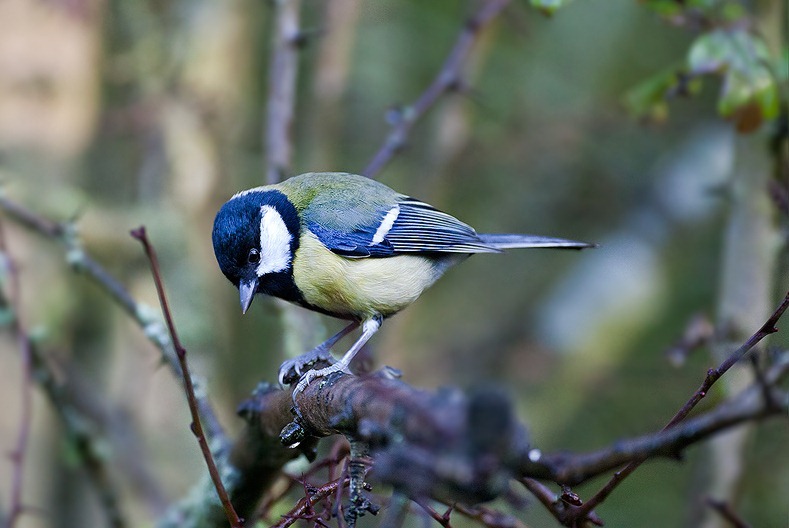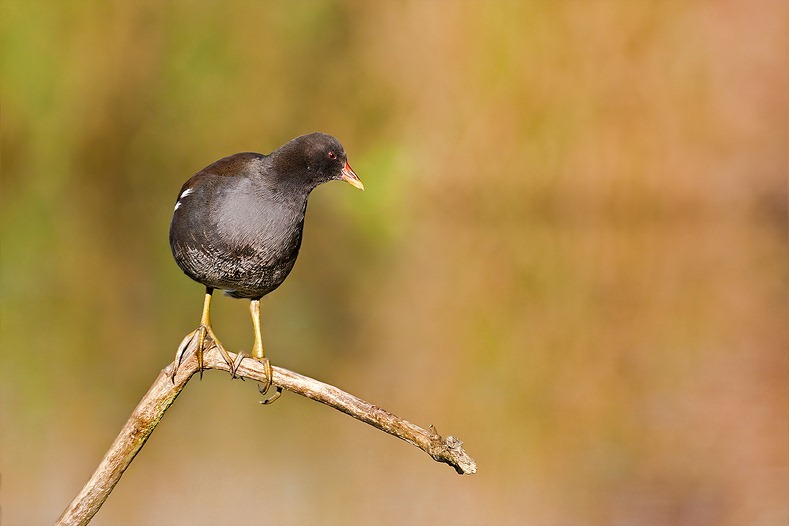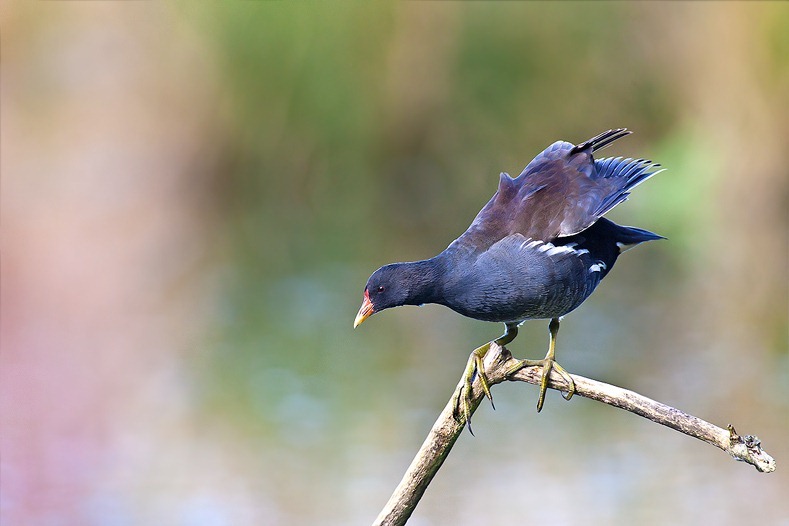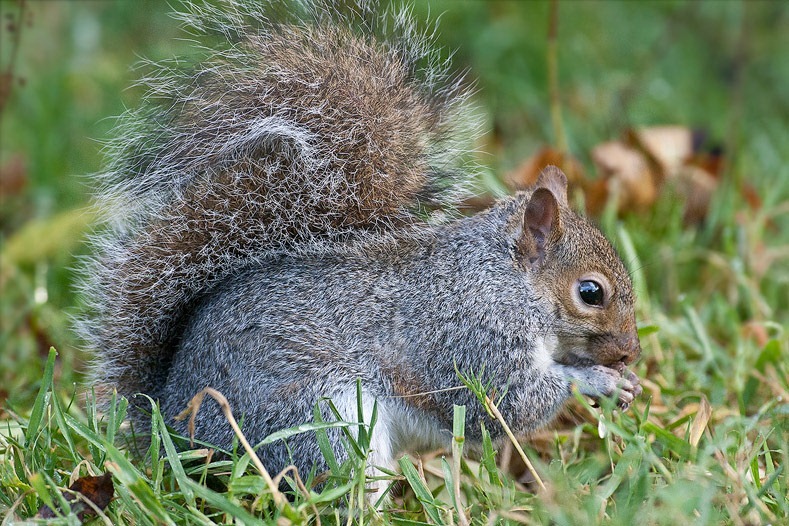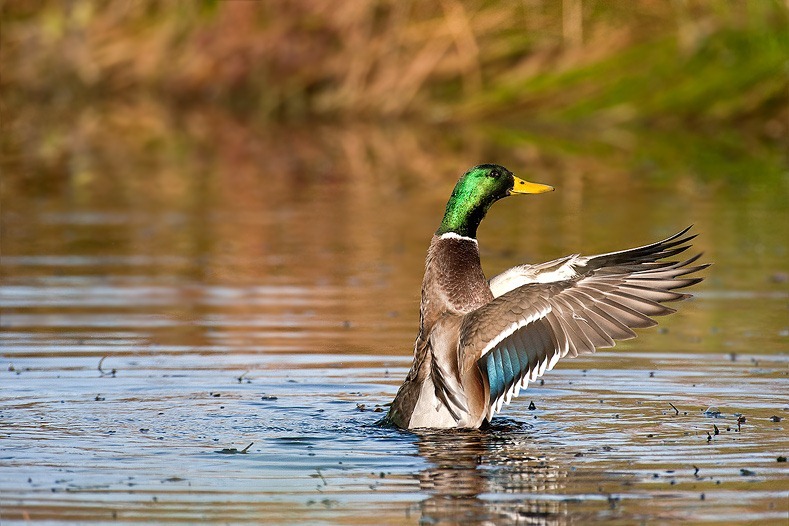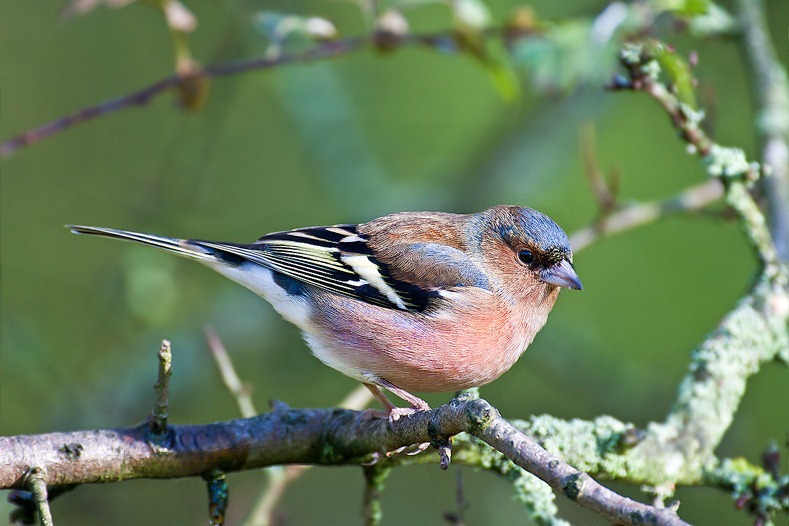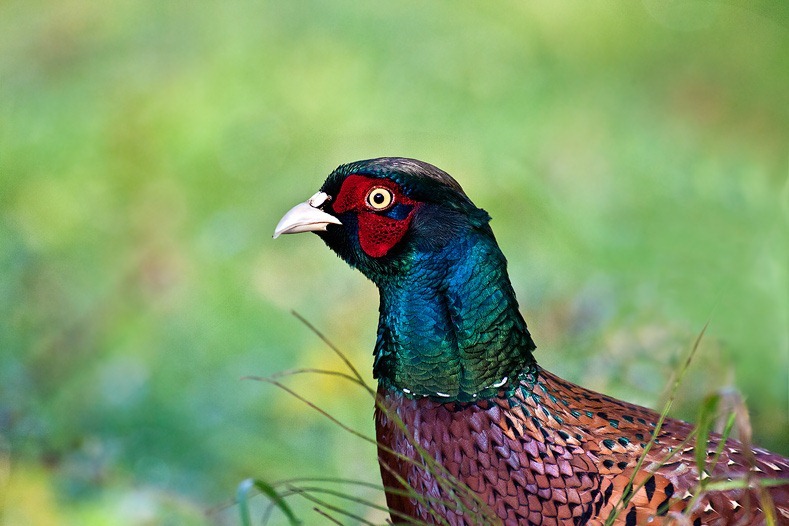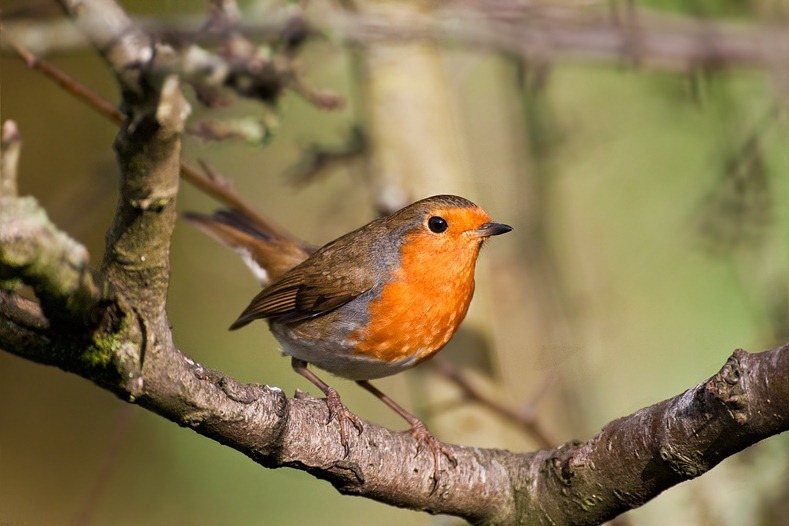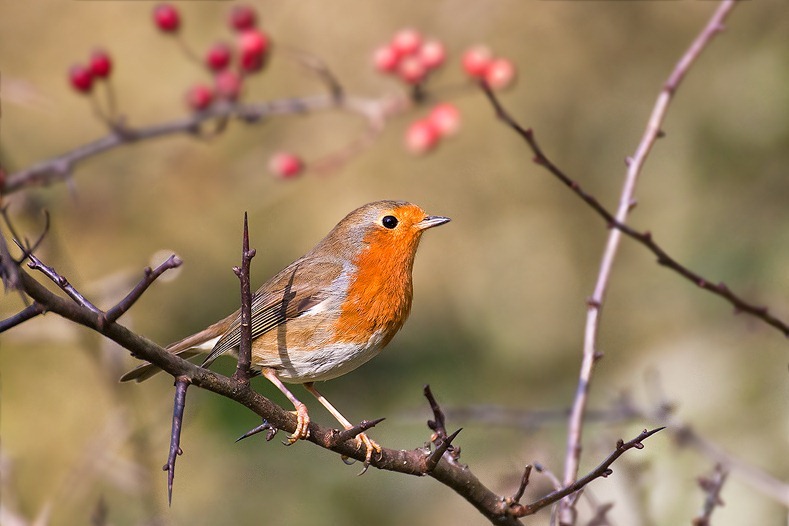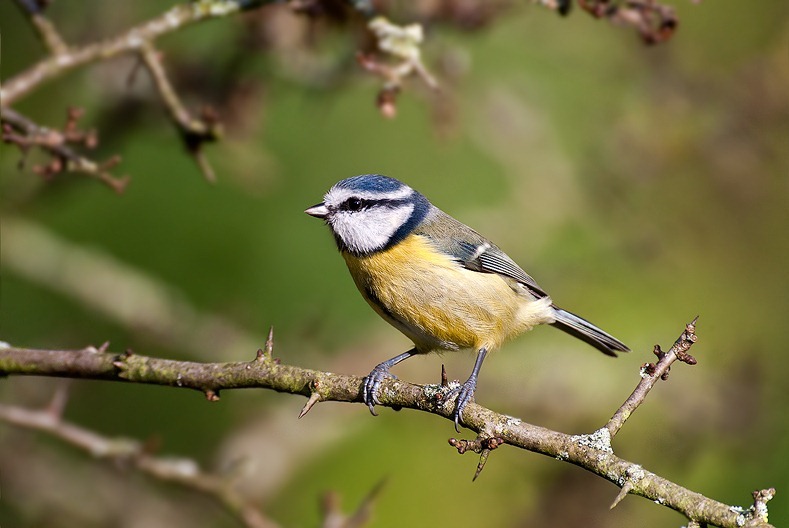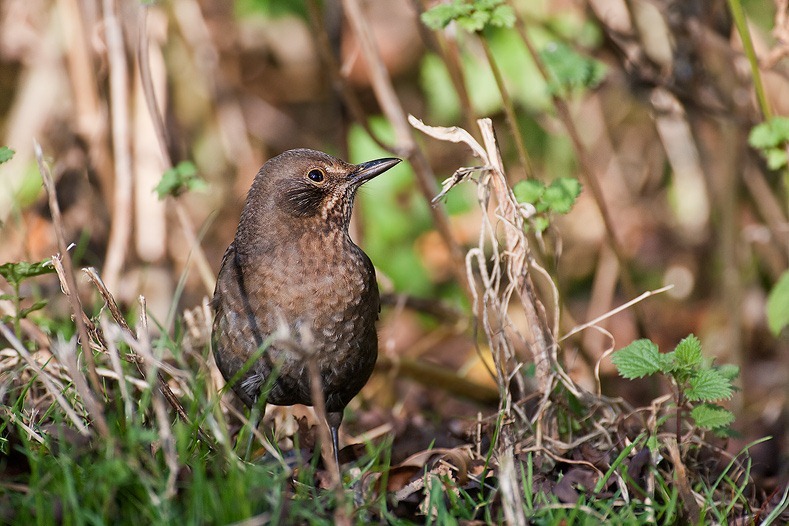|
Arriving at sunrise on a cold and almost windless morning, there was quite a bit of birdlife on the calm lake though most at a distance making photography difficult, only the Moorhens were drifting backwards and forwards within range of my lens. On one such occasion, one of them crossed a completely clear, pristine part of water making a photo opportunity too good to miss. The resulting image is the one below. Originally I had envisioned a smaller image of the bird surrounded by the clear expanse of water broken up only by a long ripple behind it, but around it were reflections and various debris, so I had to settle for this tighter image. |
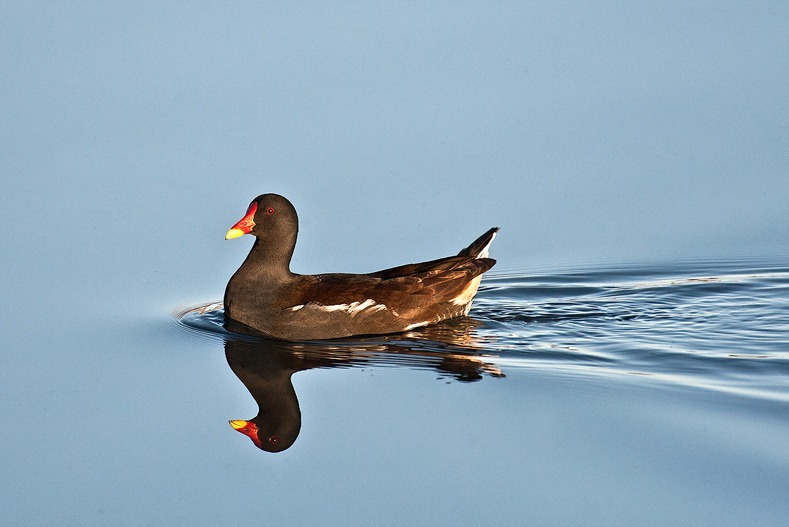 |
| In the middle of the lake is an old dead tree which has become a favourite perch for gulls and in particularly, Cormorants. I suspect it was the latter who’s droppings are corrosive, killed the tree originally. Despite being unpopular due to their substantial appetites and being blamed for depleting fish stocks, the Cormorants make quite good photogenic images and if you’re lucky and patient enough you might catch one trying to follow a large fish. Most of the activity for the few hours I observed them however, revolved around yawning, pruning, sunning themselves, taking off and landing. |
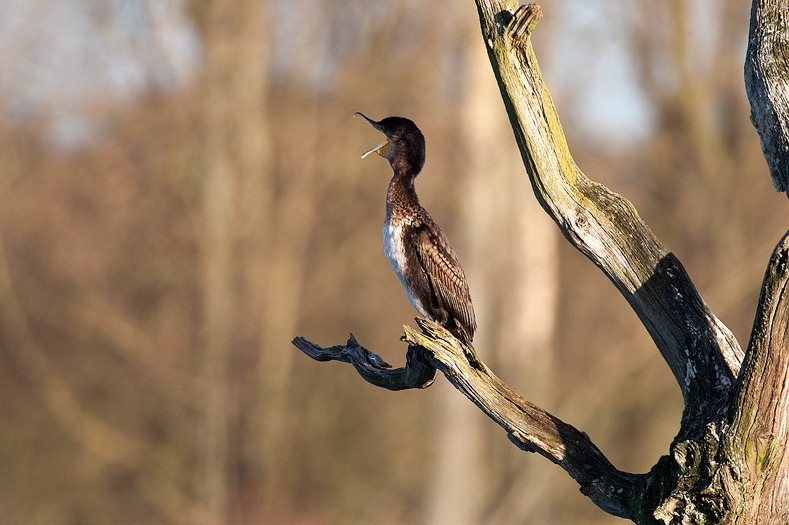 |
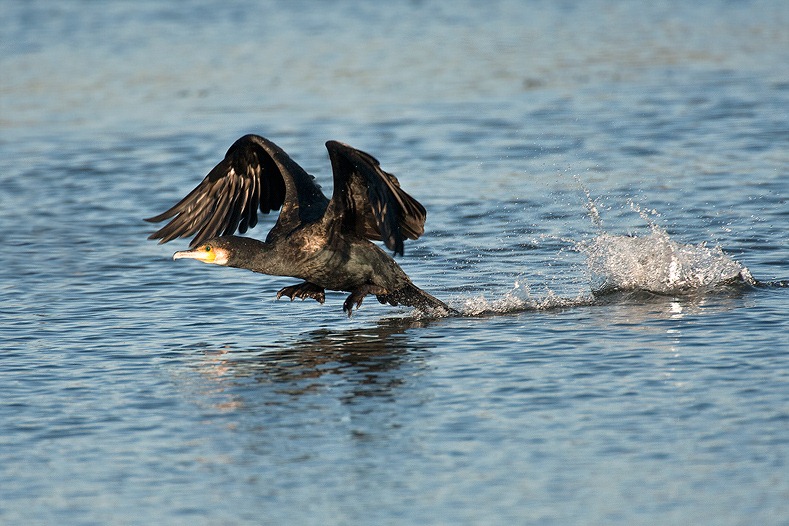 |
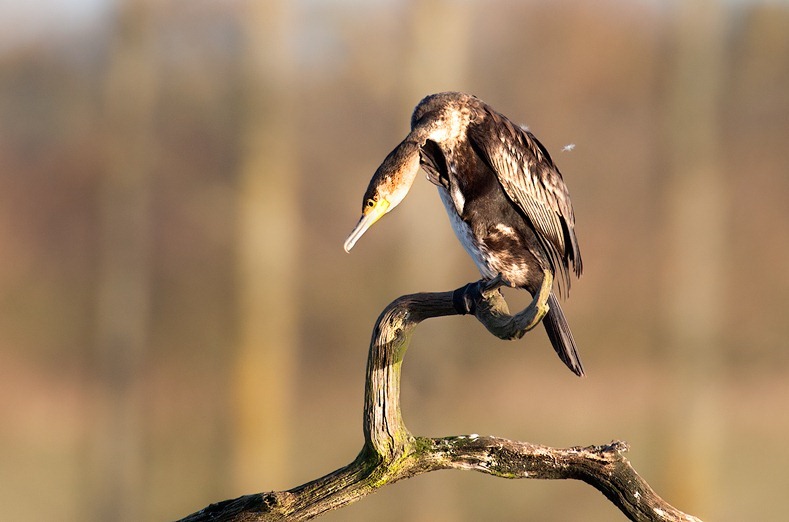 |
| Apart from the Cormorants there was the occasional fly past by Mallards and a brief bit of excitement by Black Headed Gulls as one of them would find something in the water and take off followed by other in chase. I’ve noticed them doing this on a number of occasions and notice it’s not food they’re chasing after so is it instinctive or just entertainment? |
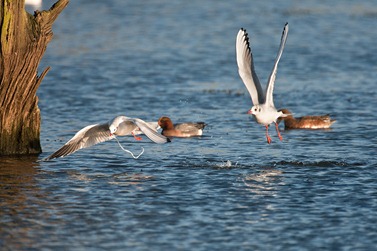 |  |
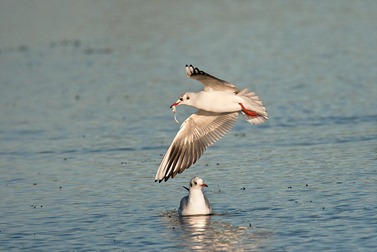 | 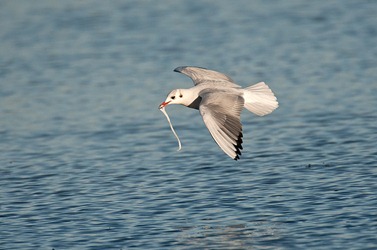 |
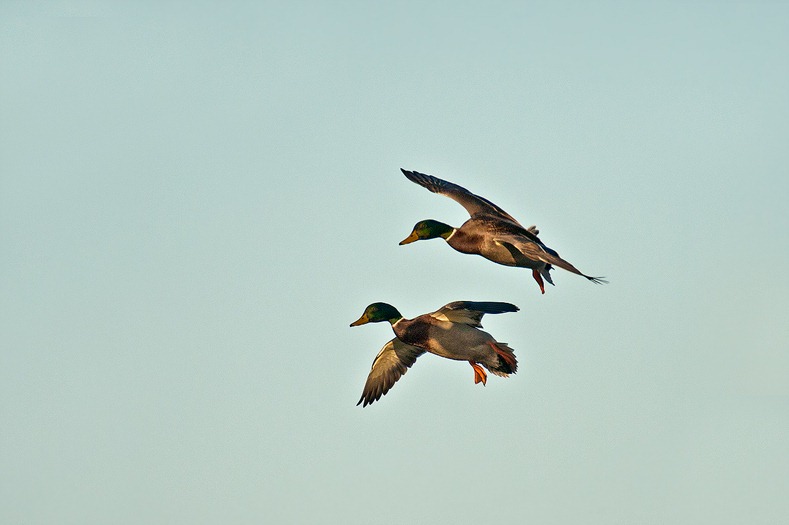 |
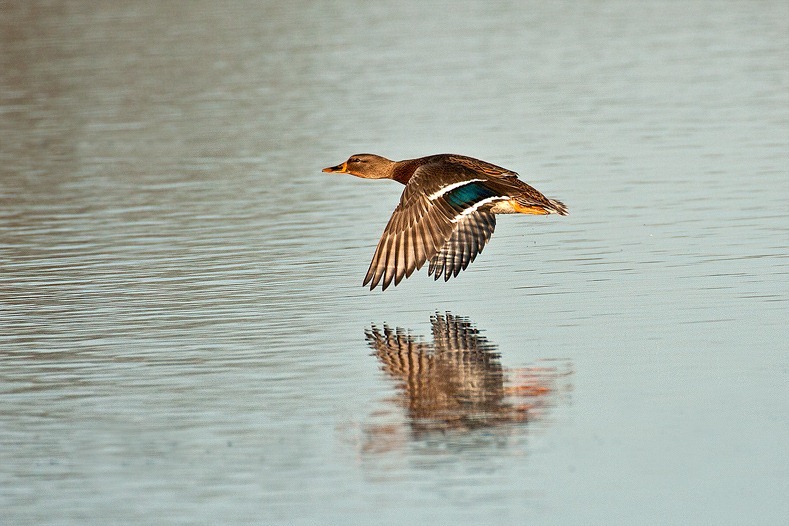 |
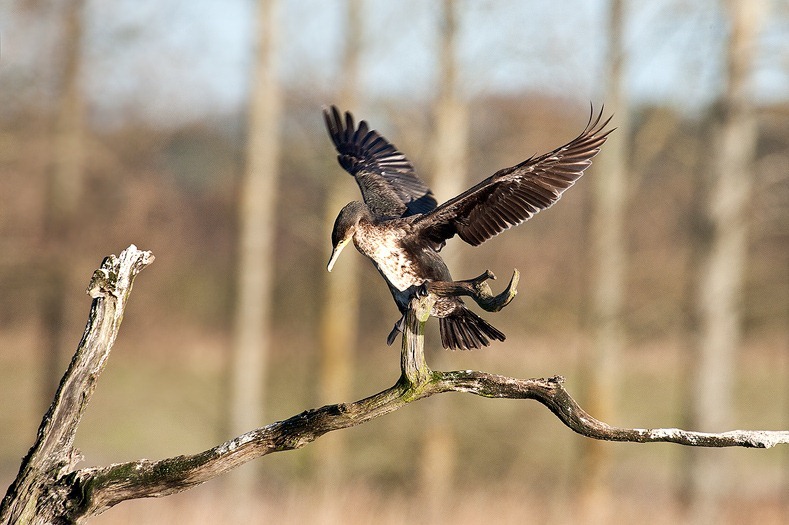 |
 |
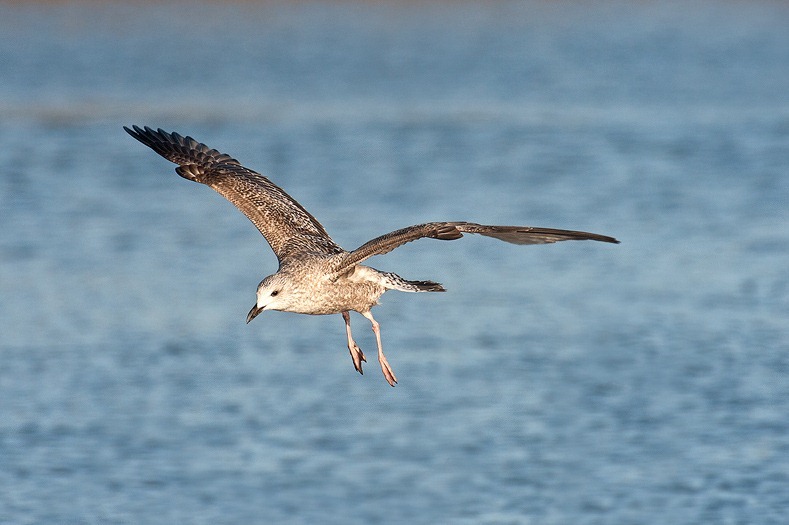 |
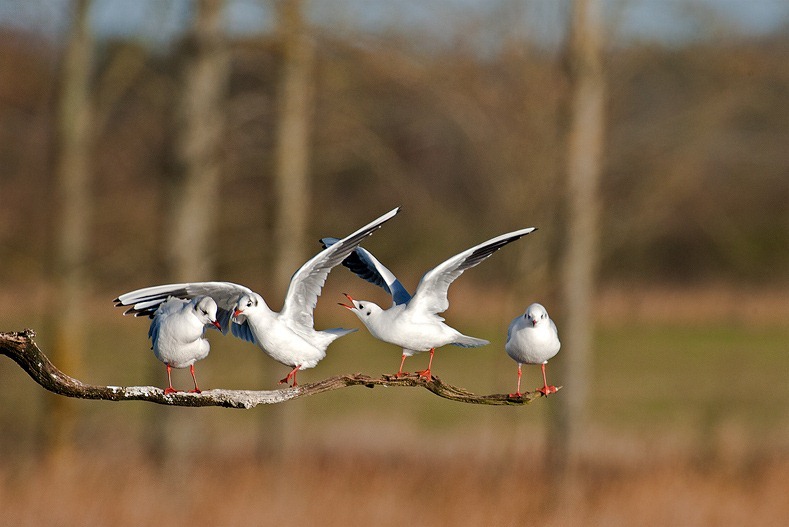 |
 |
| I finished off by wondering around the lake and a track that leads away, over the nearby motorway and to a small quiet pond. Every time I go to Big Waters I go to the footbridge that crosses the A1 Motorway as I’ve seen Kestrels hunt along its verges and have a picture in my head of a hovering Kestrel with the compressed image of road traffic in the background. Maybe someday. |
 It’s been a while since I’ve visited Big Waters. Located just north of Newcastle, it’s area of wildlife that, like many in this area, resulted from the mining industry – in this case due to a mining subsidence resulting in flooding in the 1920s and turned into a nature reserve in the early 1970s. So, I thought I would pay a visit, partly because at this time of year there would be more migrant birds on the lake but also it’s one of the best places to see Otters in this area.
It’s been a while since I’ve visited Big Waters. Located just north of Newcastle, it’s area of wildlife that, like many in this area, resulted from the mining industry – in this case due to a mining subsidence resulting in flooding in the 1920s and turned into a nature reserve in the early 1970s. So, I thought I would pay a visit, partly because at this time of year there would be more migrant birds on the lake but also it’s one of the best places to see Otters in this area.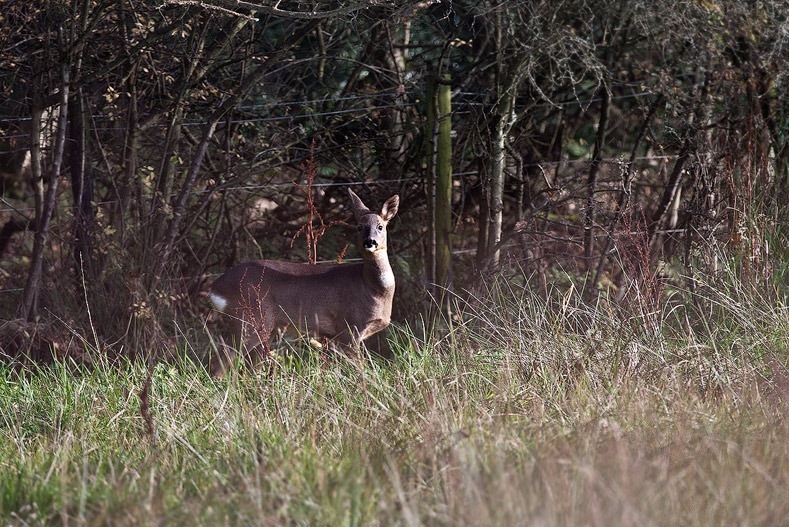
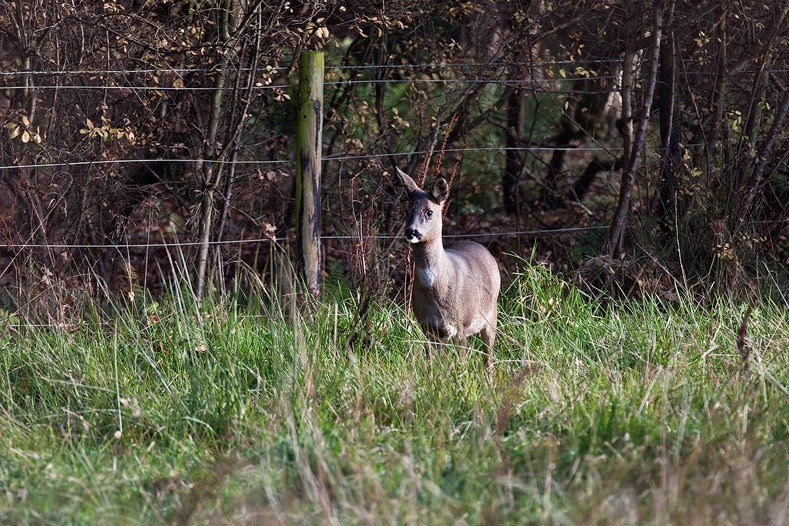
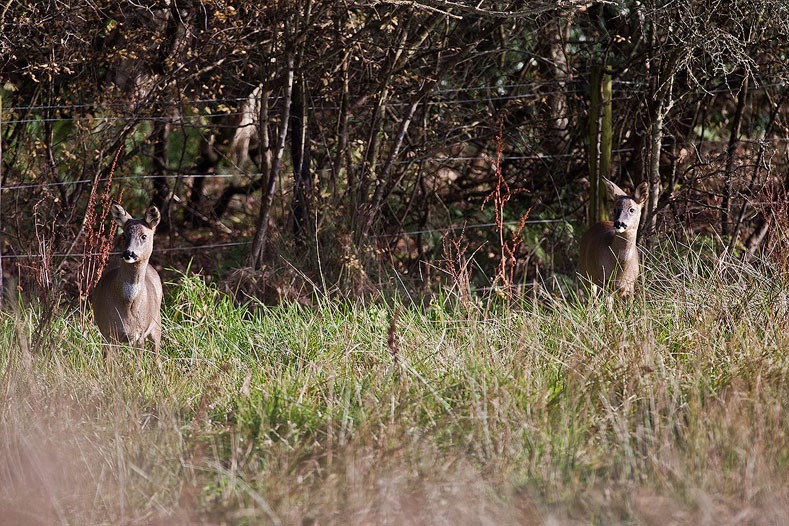
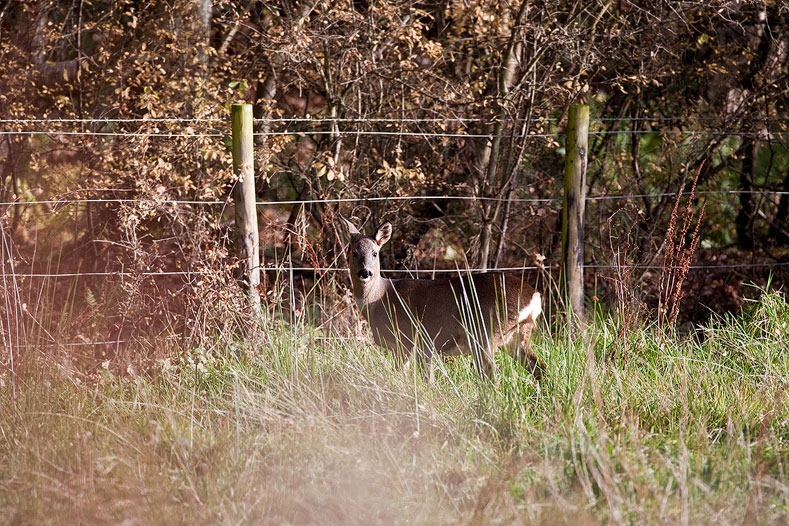
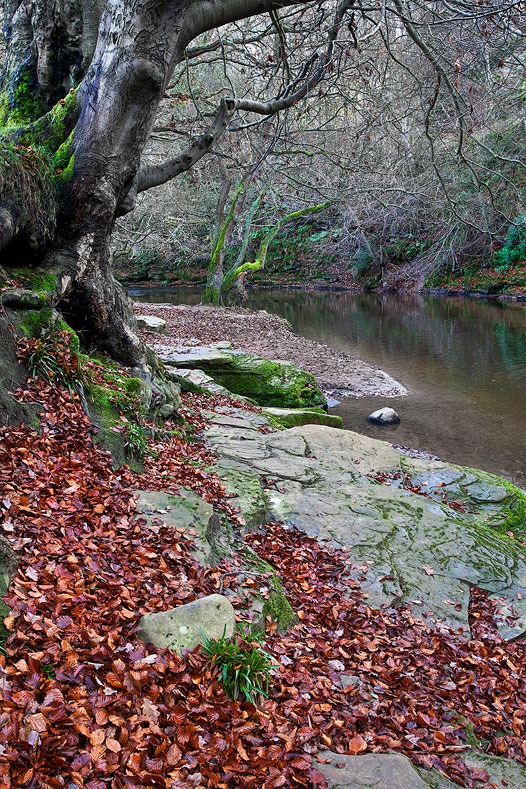
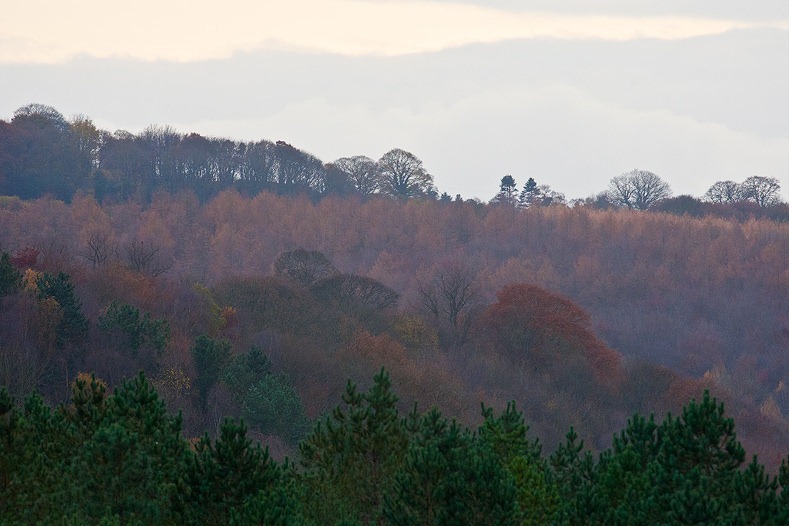
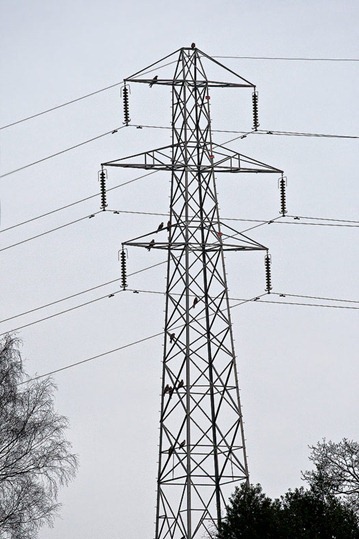
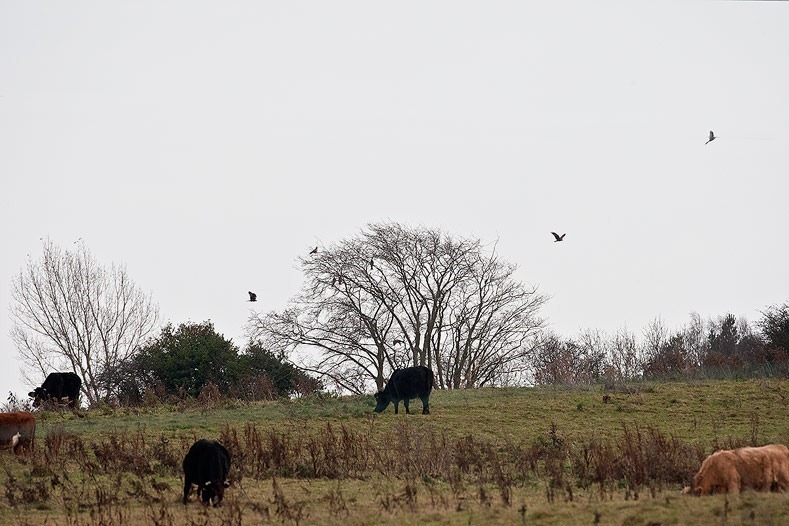
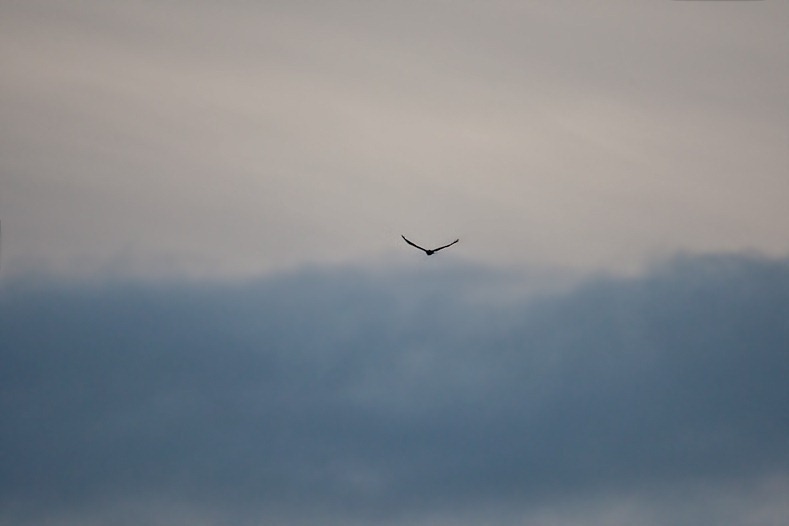
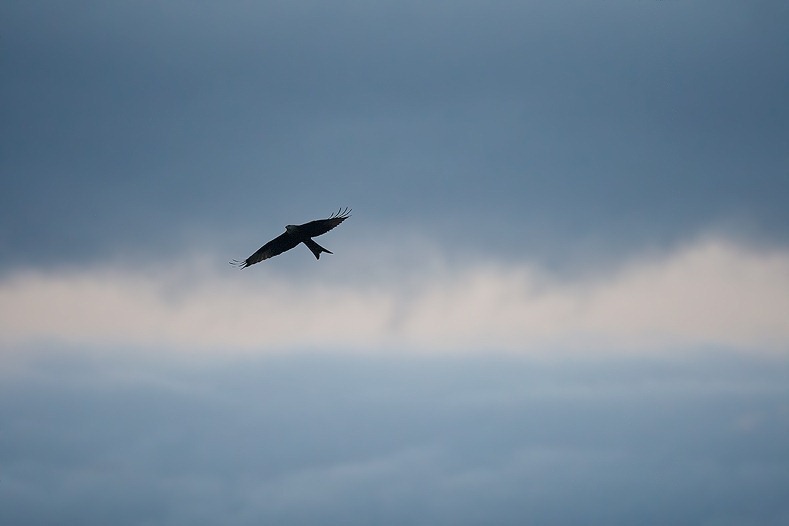
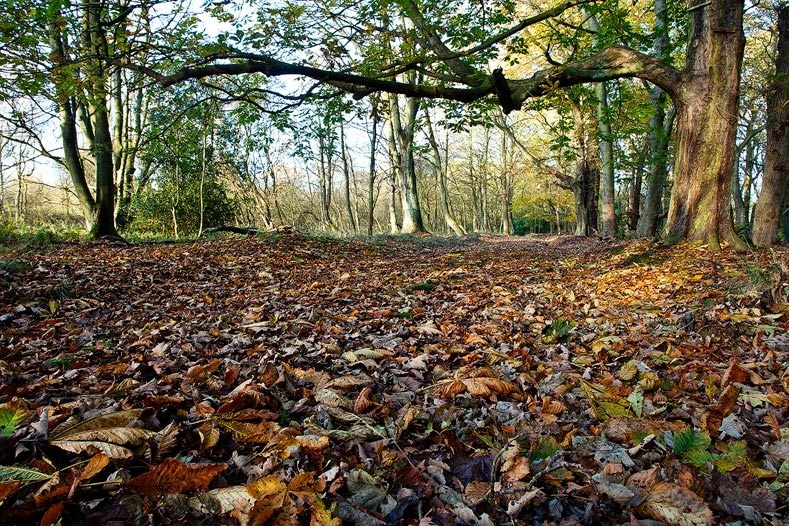
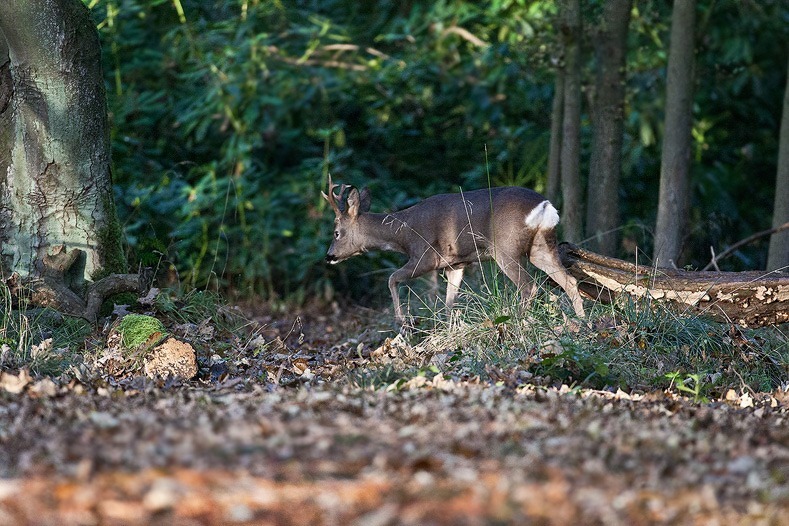
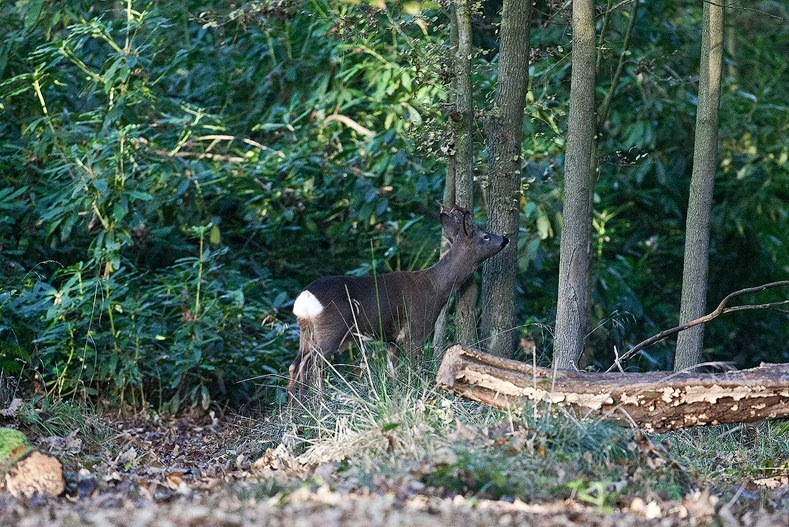
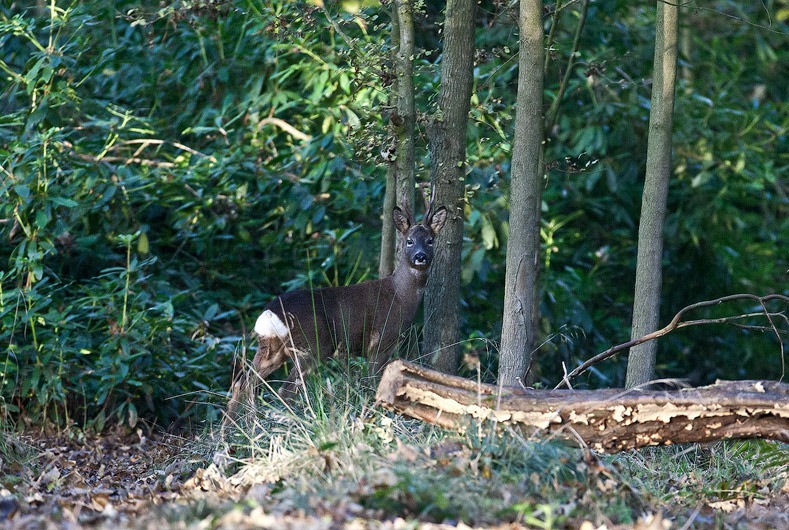
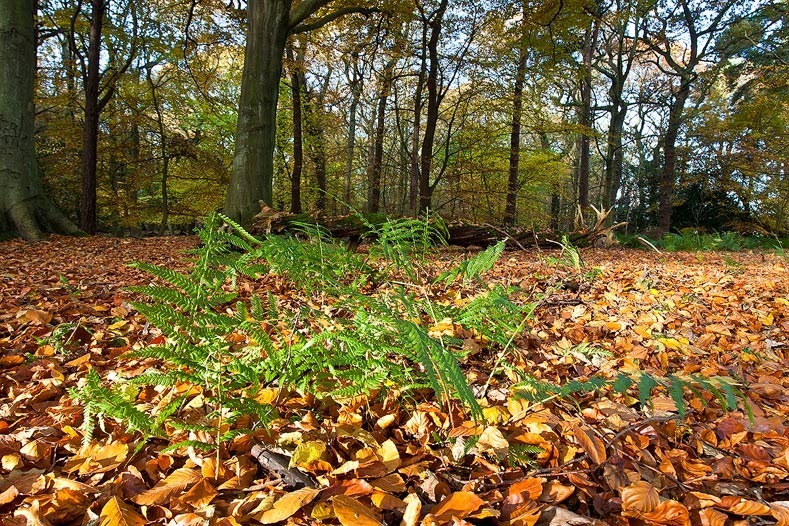
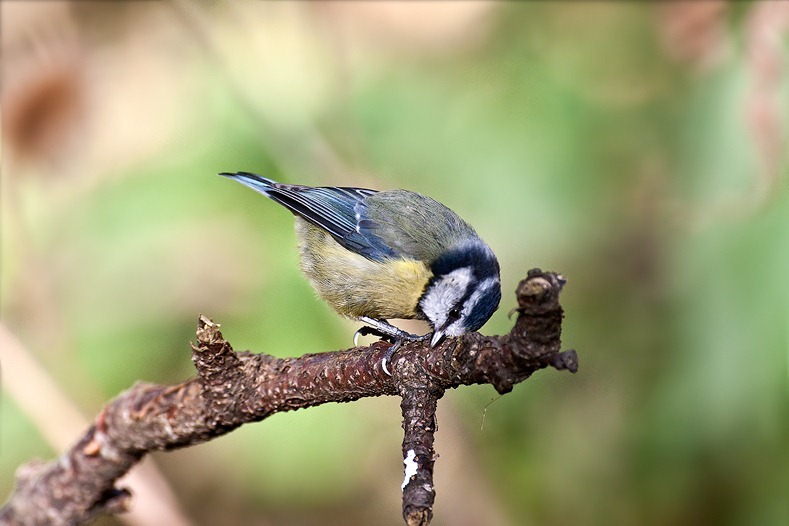
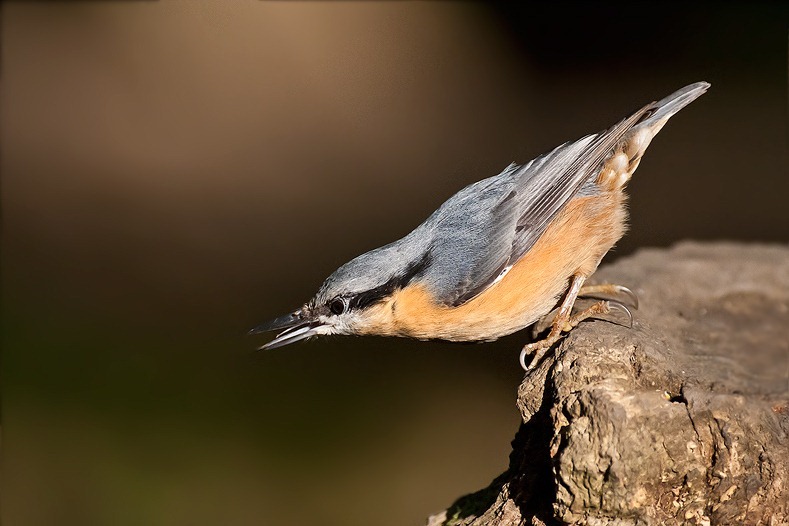

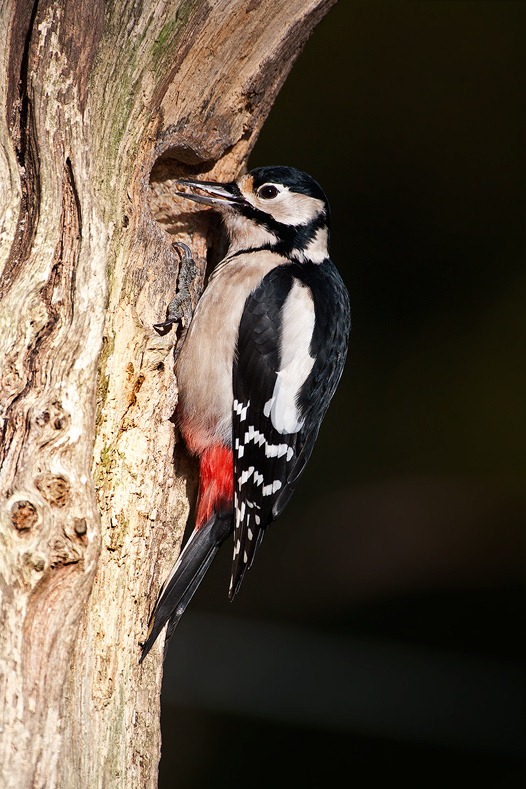
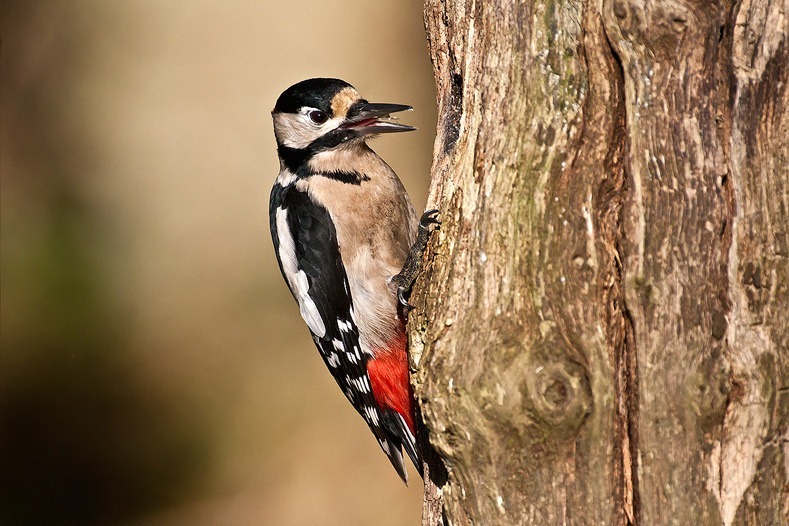
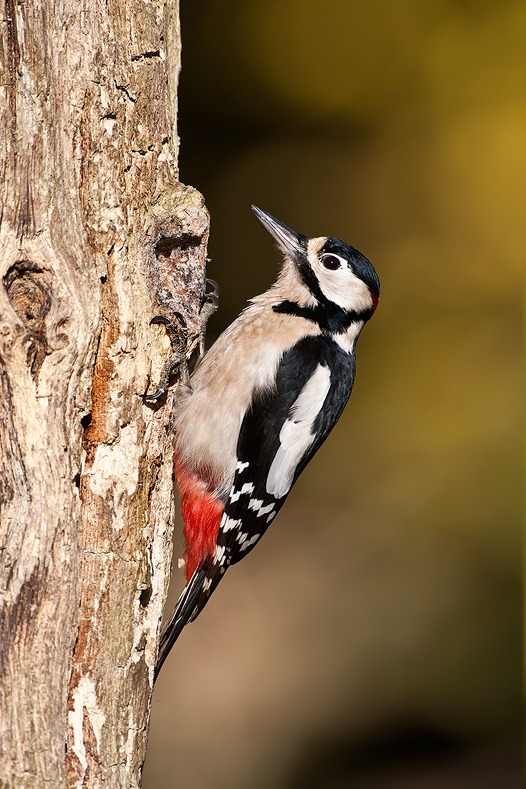
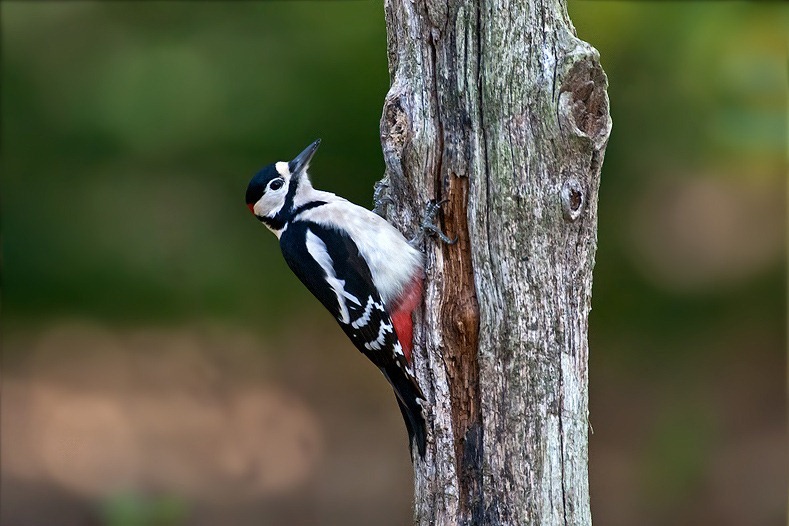
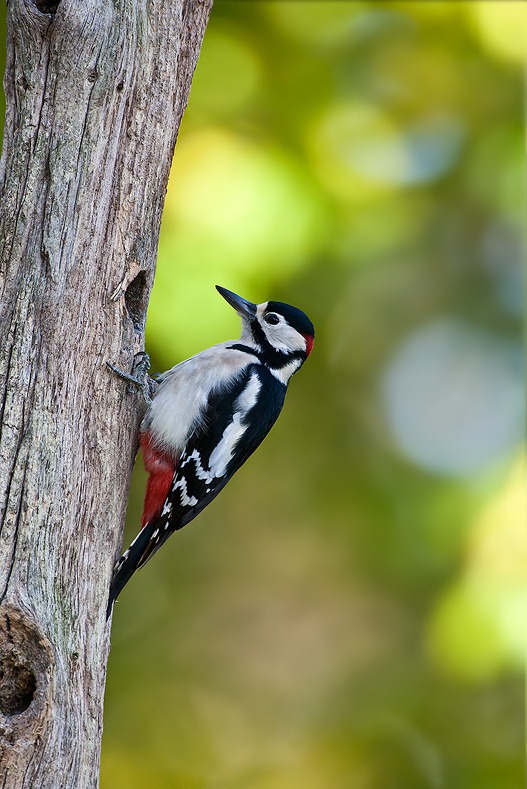
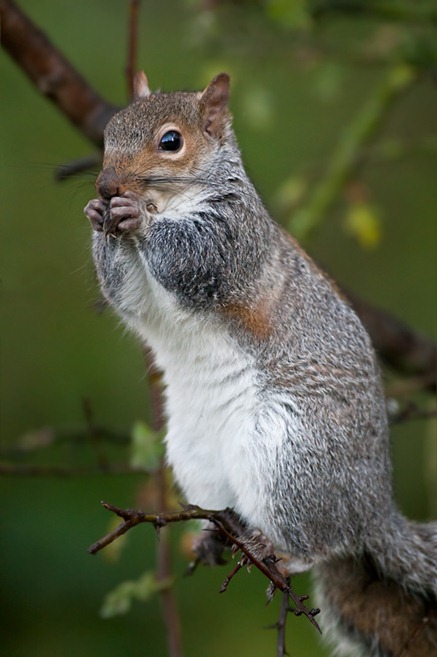 A quick venture out on a cold Autumn day helped produce a bit of success to my lagging photographic ‘loss of mojo’ that I’ve been suffering from over recent months. Sometimes it’s best just to get back to some basics just to have some kind of success.
A quick venture out on a cold Autumn day helped produce a bit of success to my lagging photographic ‘loss of mojo’ that I’ve been suffering from over recent months. Sometimes it’s best just to get back to some basics just to have some kind of success. 